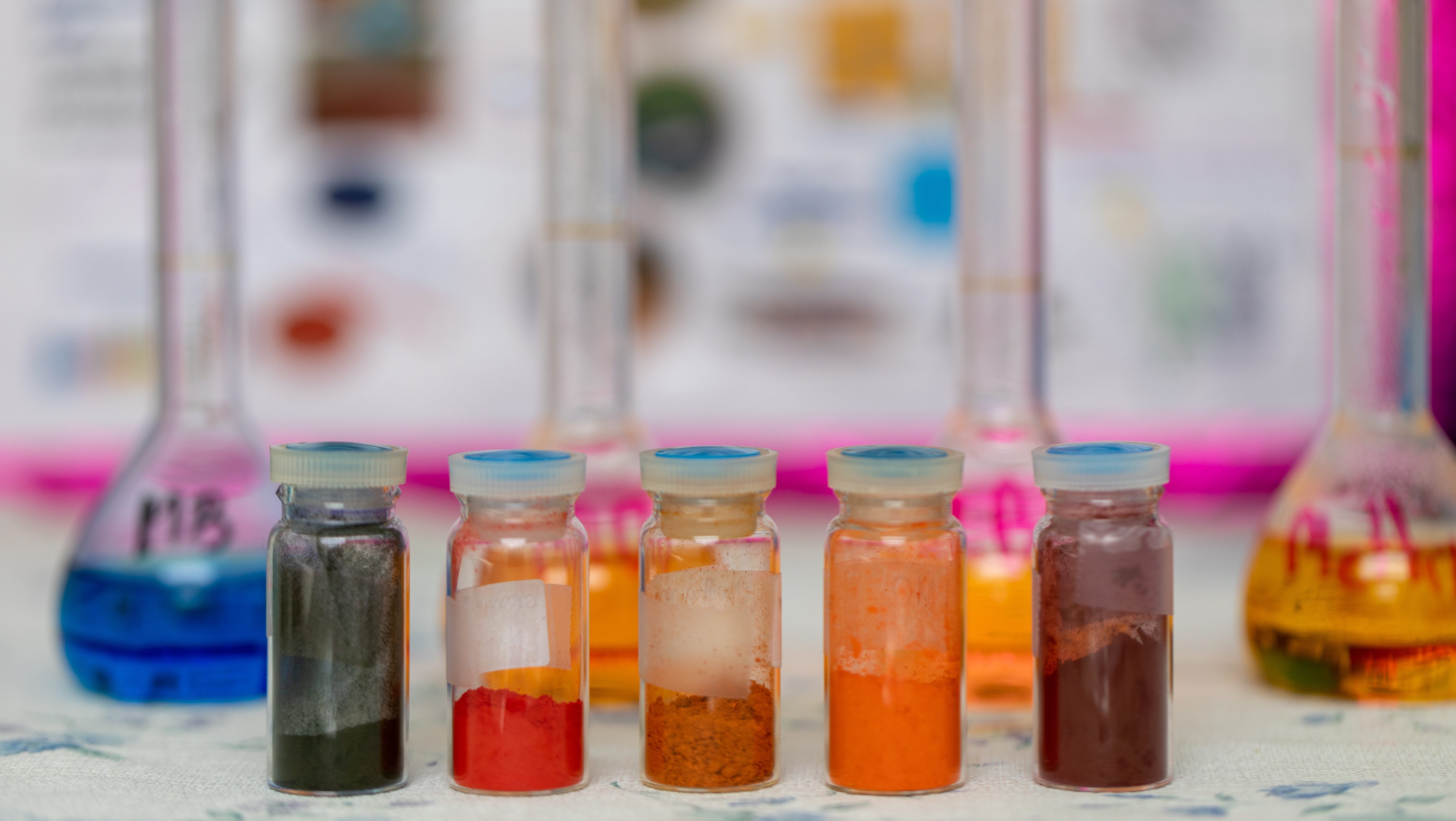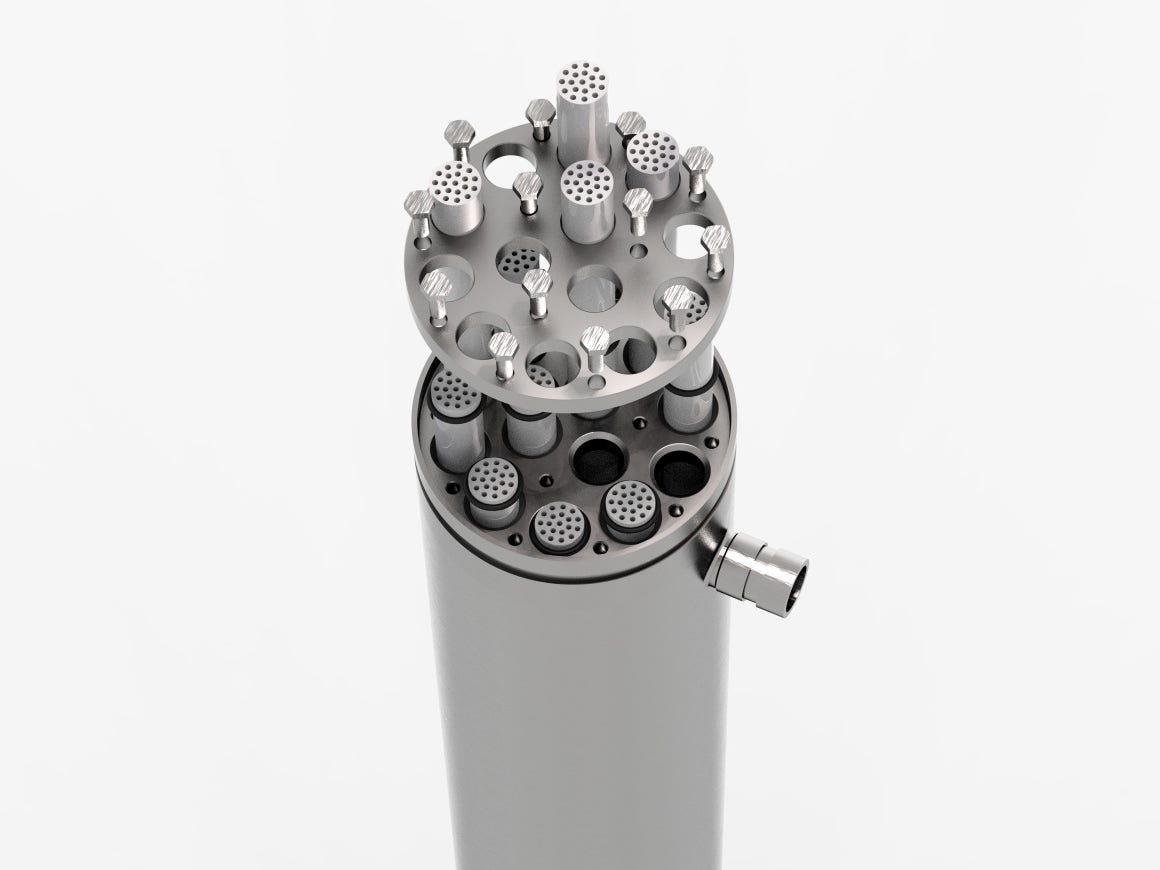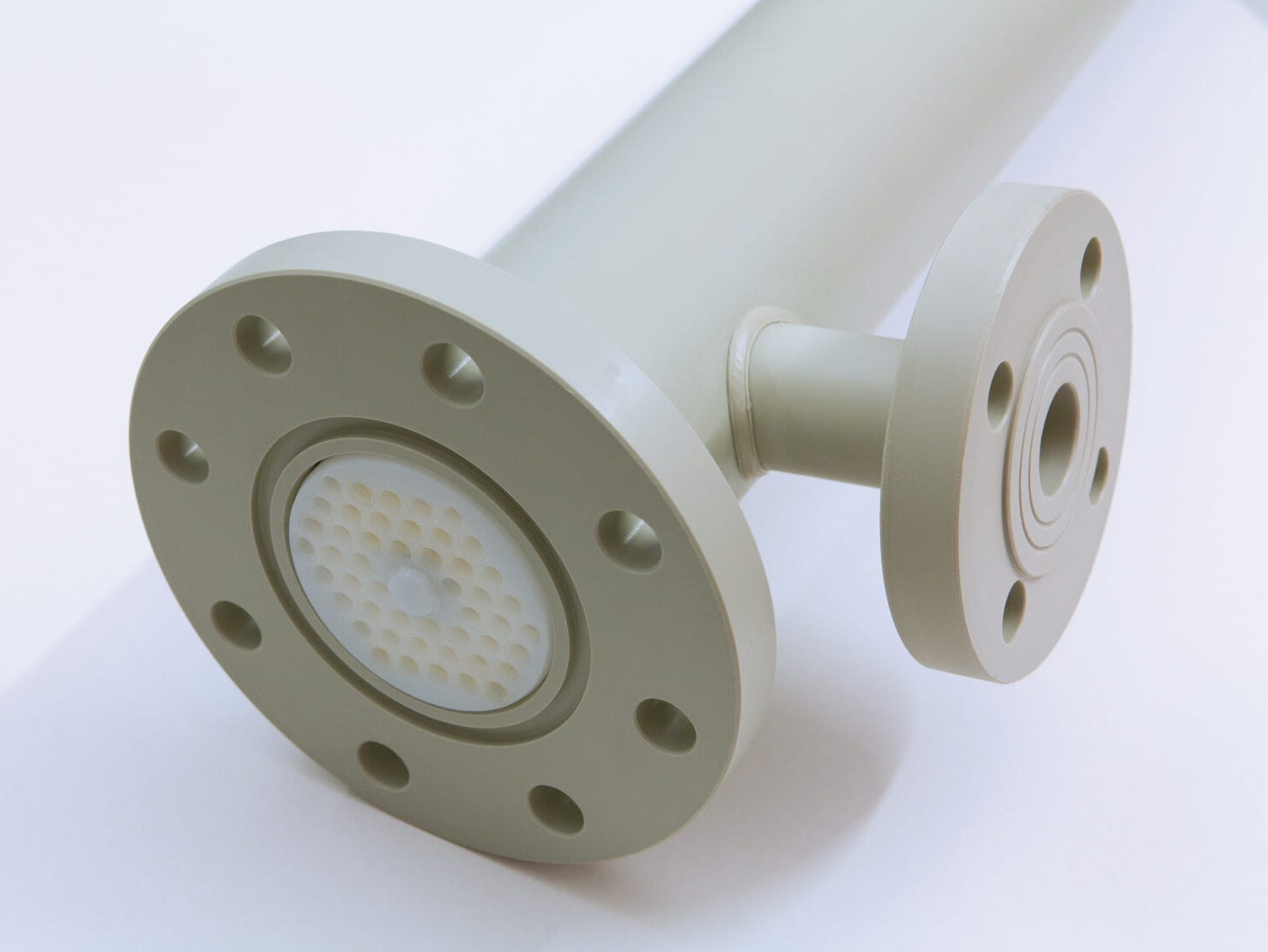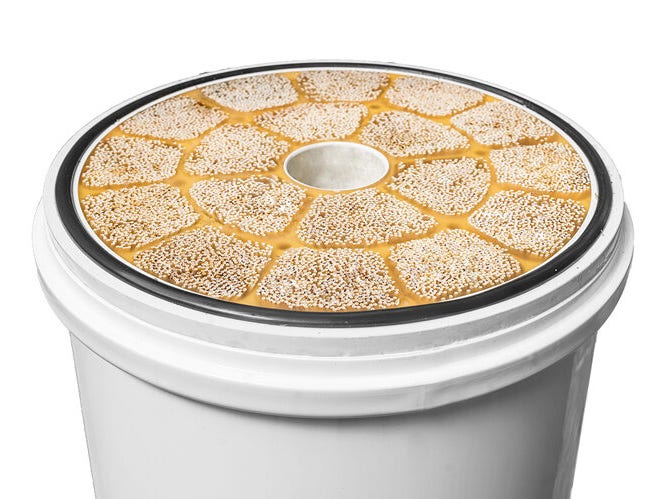
Heavy Metal Removal
Operators in the mining, metal, and energy-related industries are well aware of the challenge posed by treating process wastewater contaminated with heavy metals. Depending on the dissolution status of heavy metals, they can be removed either as ions or in a precipitated state.
MANN+HUMMEL offers a diverse range of membrane products for ultrafiltration and nanofiltration designed to remove heavy metals from wastewater under varying conditions. Thanks to their operational stability, these membrane solutions can be applied across a wide range of pH levels and temperatures. Their exceptional cleaning capabilities allow the removal of crystallites of precipitated salt components on the membrane surface, thus restoring full flux performance after membrane cleaning.


